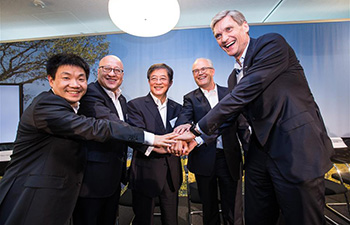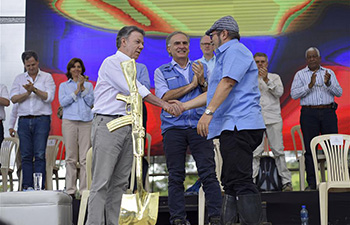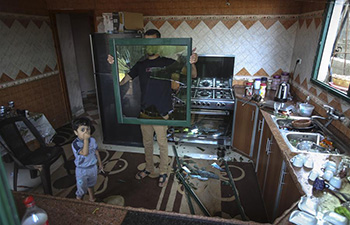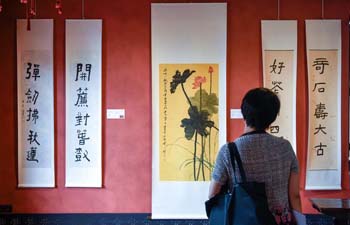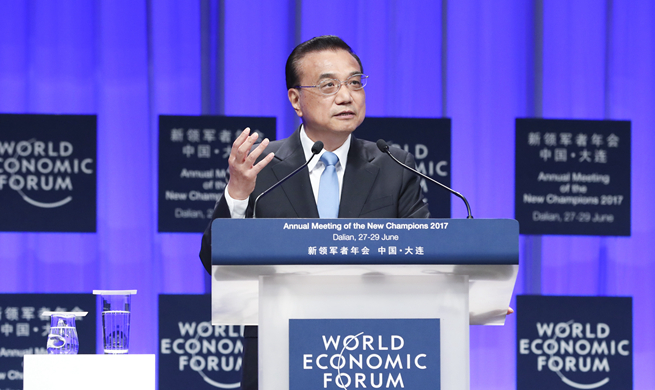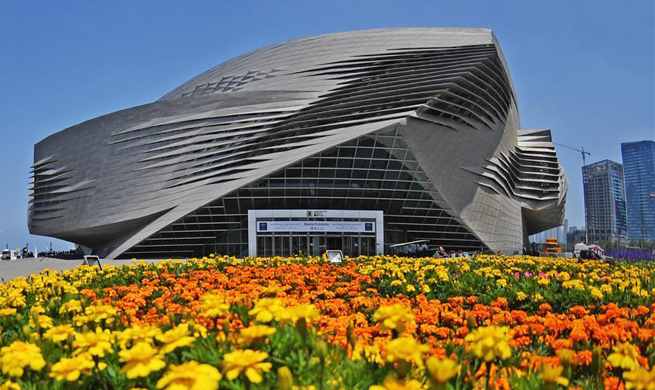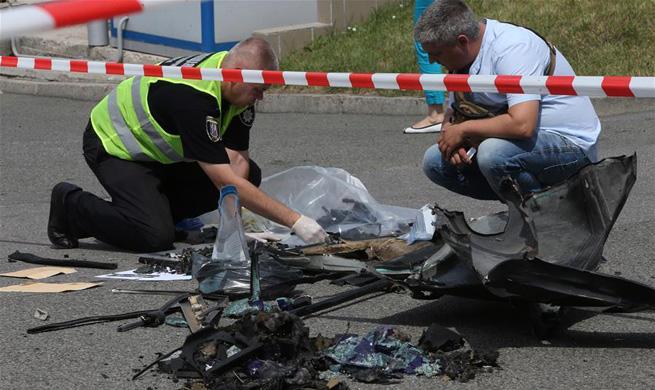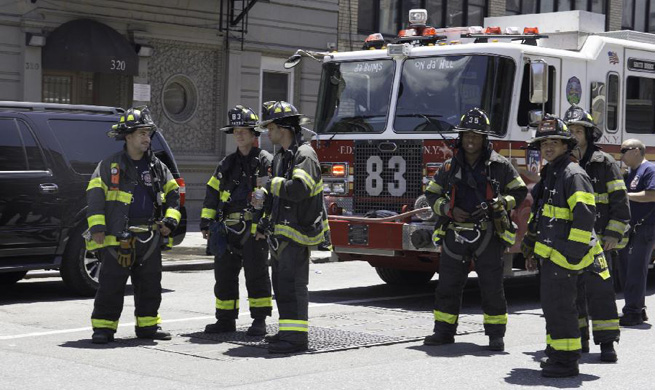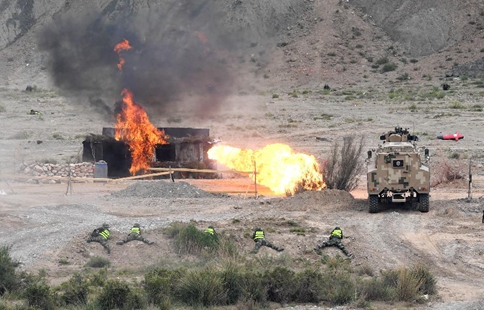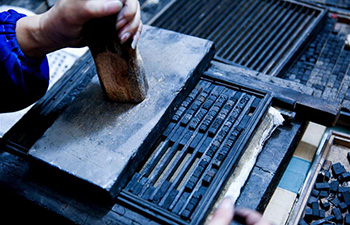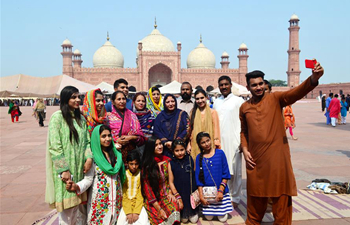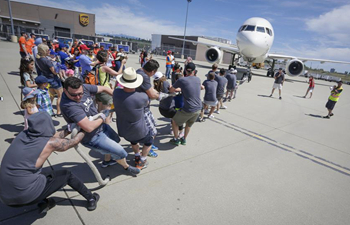SEOUL, June 28 (Xinhua) -- Calls were mounted in South Korea to find ways to resolve issues on the U.S. Terminal High Altitude Area Defense (THAAD) and the Democratic People's Republic of Korea (DPRK) ahead of President Moon Jae-in's visit to Washington for his first summit meeting with U.S. President Donald Trump.
The new South Korean president, who took office on May 10, was scheduled to leave for Washington Wednesday afternoon to discuss various issues with his U.S. counterpart, ranging from the DPRK's nuclear and missile programs to the U.S. missile shield deployment in southeast South Korea.
Moon would have a reception dinner in the White House on Thursday (Washington time), before holding his first summit with Trump and announcing a joint declaration the following day, according to the presidential Blue House.
On the top of the dialogue agenda for the two leaders was highly likely to be the denuclearization of the Korean Peninsula and the THAAD deployment in South Korea.
Peace activists from 14 South Korean advocacy groups held a press conference in the Gwanghwamun square near the U.S. embassy in Seoul Wednesday morning, demanding the reversal of the THAAD deployment decision and efforts during the summit talks to find ways to establish a peace regime in the peninsula.
They called for Moon and Trump to reconsider the THAAD issue from the very beginning as the deployment was pushed ahead without going through any legitimate procedures such as the environment impact assessment.
About two weeks before the presidential by-election on May 9, two THAAD mobile launchers were transported to a golf course at Soseong-ri village in Seongju county, North Gyeongsang province.
Four more launchers were delivered to a U.S. military base near the golf course, but it was not reported to President Moon who has ordered a thorough investigation into the unreported delivery.
In addition to the procedural illegitimacy, the activists said, the THAAD deployment in South Korea encouraged the DPRK to advance its nuclear and missile capability in contrast to THAAD proponents who claimed the installation would weaken the DPRK's motive for nuclear development.
The U.S. missile interception system is incapable of intercepting upcoming DPRK missiles, according to the statement from the activists. The THAAD is designed to shoot down missiles at an altitude of 40-150 km, but most of DPRK missiles targeting South Korea fly at an altitude of less than 40 km.
The THAAD in South Korea, the activists said, speeded up the introduction of a "New Cold War" in Northeast Asia as the deployment brings strong oppositions from neighboring countries, including China and Russia.
The AN/TPY-2 radar can peer deep into the territories of China and Russia, damaging security interests of the two countries and boosting arms race in the region.
Residents and peace activists have held a candlelit rally every night in the past year since Seoul and Washington announced their joint decision in July last year to deploy one THAAD battery in southeast South Korea.
From Thursday to Friday when Moon and Trump would meet in Washington, anti-THAAD protesters would hold a protest rally outside the U.S. embassy in Seoul to demand the retreat of the U.S. missile shield.
Meanwhile, the peace activists demanded the two leaders of South Korea and the United States seek to find a way of easing tensions in the Korean Peninsula through dialogue and negotiations rather than sanctions and pressure.
To defuse military tensions, they said, Moon and Trump should mull the scaling down of the U.S.-South Korea joint annual military exercises and the U.S. strategic military assets deployment in return for the freezing of the DPRK's nuclear and missile tests.




